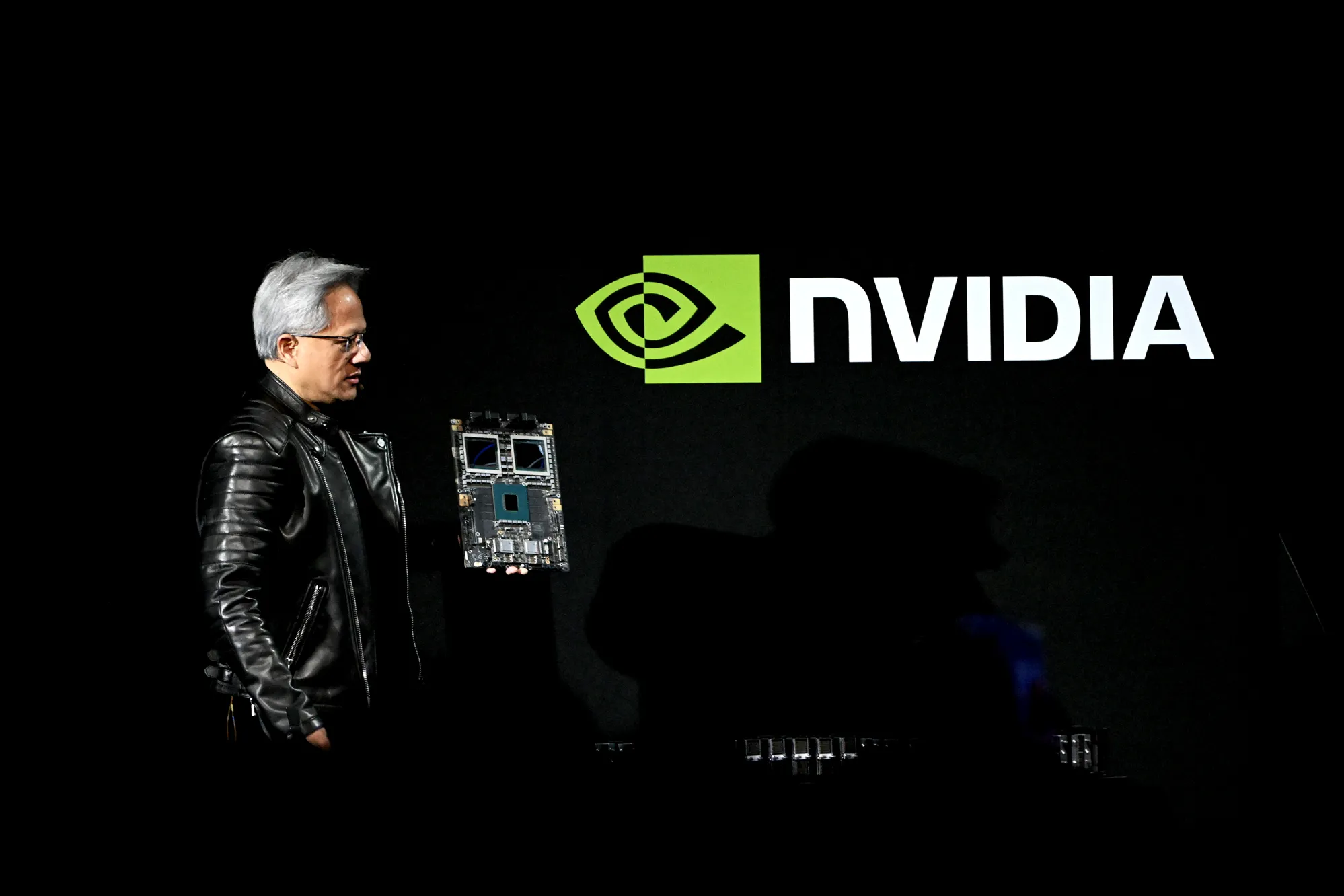Nvidia has once again surged to the top of the global market cap leaderboard, reclaiming the title of the world’s most valuable publicly listed company. With a valuation now at $3.78 trillion, the chipmaker has overtaken Microsoft and is inching closer to an unprecedented $4 trillion milestone, less than two years after becoming the first semiconductor firm to hit $1 trillion. The company’s stock rise coincides with a move by CEO Jensen Huang to sell up to $865 million worth of Nvidia stock this year.
The renewed momentum follows a 64% rally from its April lows, driven by sustained demand for Nvidia’s AI computing systems. Even after a brief dip earlier this year triggered by the emergence of China’s cost-effective AI model DeepSeek, investor confidence has bounced back sharply.
For Africa’s tech ecosystem—where access to affordable compute remains a bottleneck—Nvidia’s continued dominance underscores both an opportunity and a challenge. While global cloud giants invest heavily in Nvidia-powered infrastructure, local AI startups face rising costs and a growing reliance on non-African platforms.
AI spending surges, with some risk
Loop Capital analyst Ananda Baruah recently revised Nvidia’s price target to $250 per share, implying a future market cap of $6 trillion. Baruah expects global AI spending to approach $2 trillion annually by 2028, led by hyperscalers and enterprise buyers.
This sentiment is echoed by institutional investors like Loomis Sayles’s Aziz Hamzaogullari, who called Nvidia “uniquely positioned” to benefit from a decade-long transformation in computing.
Much of Nvidia’s revenue comes from a concentrated group of customers—Microsoft, Amazon, Alphabet, and Meta—who are projected to collectively invest $350 billion in capital expenditures in their next fiscal years, up from $310 billion this year. These firms alone make up more than 40% of Nvidia’s revenue.
Read also: Condia Insider: Who’s winning the AI infrastructure race?
Still, the bullish outlook comes with caveats. Many of Nvidia’s biggest clients are actively developing their own AI chips to reduce reliance on its expensive GPUs. This could pose a long-term threat to Nvidia’s pricing leverage.
“There’s no guarantee these spending patterns will hold,” said Dan Davidowitz of Polen Capital Management. “You have to make some very robust assumptions to justify the current valuation.”
Geopolitics also adds uncertainty. Nvidia’s chip production is outsourced to Taiwan’s TSMC, making it vulnerable to shifting U.S.-China trade policies. With a 90-day pause on tariffs set to expire on July 9, any escalation could disrupt supply chains—something African tech leaders should watch closely, given how dependent many local AI projects are on global supply routes.
Get passive updates on African tech & startups
View and choose the stories to interact with on our WhatsApp Channel
Explore




